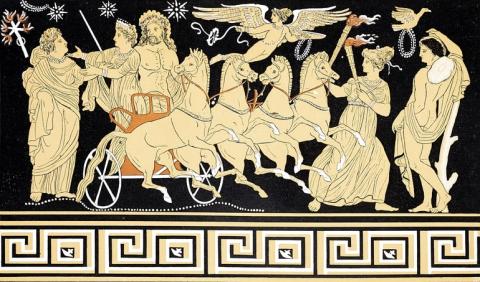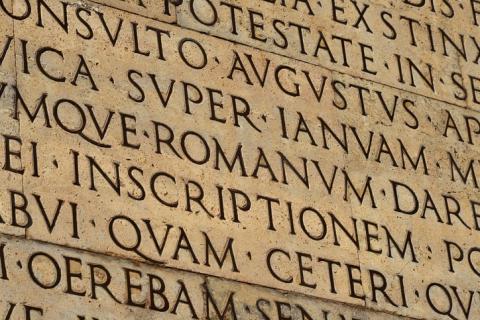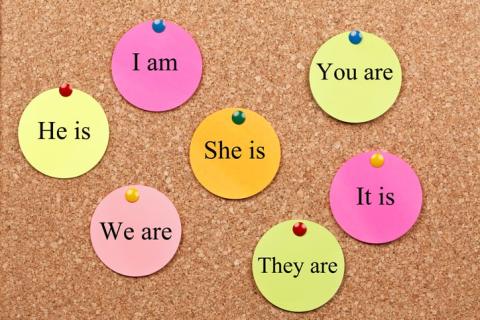European Mythological Creatures
What is the name of this creature that was believed to live in Scottish bodies of water, a shape-shifting water spirit commonly pictured as horse-like?
- The Kelpie might be mythological, but is still a favorite creature in Scottish culture. In fact, a famous sculpture of two Kelpie heads stands in Falkirk's Helix Park.
This Slavic folklore figure is pictured as a crone or ogress who lived in a hut deep in the woods, consuming unlucky children. What is her name?
- She is also known as a guardian of the forest, protecting the natural resources there, as her hut wanders the woods on long bird legs, carrying Baba Yaga aloft.
A figure of Central and Eastern European tales around Christmas, this being is part goat and part demon, wandering the land looking for bad children to punish and terrify. What is its name?
- The Krampus has become a sort of anti-Santa Claus figure, particularly in popular media, but it originally was featured in pagan winter solstice rituals, with festivities like the "Krampuslauf" still happening in commemoration.
For those living in the Alps of South and Central Europe, particularly Austria, this man-sized reptile with a feline face and stubby legs was feared for its poisonous breath. What is it called?
- You can find descriptions of the Tatzelwurm in Bavarian, Austrian, Swiss, French, and Italian lore, making it a common beast across European folklore— often with regional name variations, but this original name seems to have stuck for historical purposes.
One of the most terrifying creatures of Scottish lore, what is the real name of what many terrified people would call the "Devil o' the Sea"?
- Scotland has many mythological monsters, but this Orcadian beast is particularly grotesque, being giant man's upper body with one red eye grafted onto a skin-less and rotting horse, that wanders the land and spreads blight from its gaping maw.
This Lithuanian version of the bogeyman is worse than any your imagination might conjure, always hiding under carpets or within the dark cracks in the wall of your home. But what is it called?
- Typically described as having glowing red eyes, thin arms, and wrinkly, creeping fingers, this monster was believed to already dwell in your home, just waiting for the opportunity to strike.
What is the name of these Romanian proto-vampires that predated popular figures like Dracula, terrifying populations by seeding the countryside with plague and feeding on the blood of the living?
- These evil Romanian spirits were also conflated with crossroad demons and corpses that rose from the grave, seeking flesh, making them incredibly strong and diverse parasitic beings.
Across the Netherlands, these spirits roam burial sites, graveyards, and the countryside at large as soon as the sun sets, their presence accompanied by a thick mist. What should you call them?
- Legend says that these spirits can either offer help and fortune-telling to some who happen across them or consume others who are never seen again, and people were warned to stay away from burials at night.
In Southern Europe, this creature is described as part snake, part rooster, and part dragon or bat, and known for its poisonous venom or corrosive gaze.
- Though later associated with European and Medieval folklore, the ancient Greek historian Pliny the Elder first documented the Basilisk in the 1st century AD.
This Irish spirit is a female figure that many believe to announce the imminent death of a family member. So, if you hear her wailing or screeching, what would you call this being?
- Legend says that the Banshee is always weeping because of the tragedies that she has premonitions of, and is generally the harbinger of a death that cannot be avoided.






